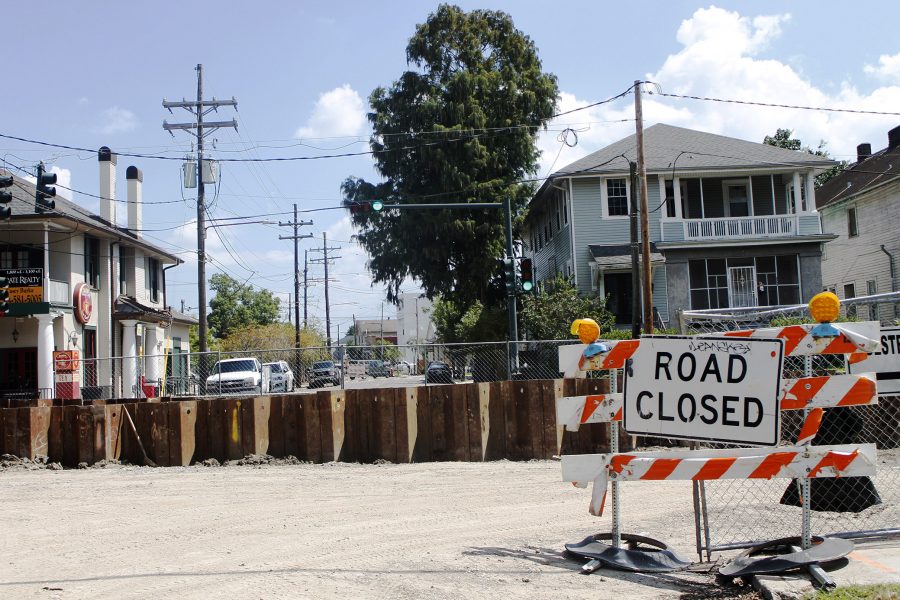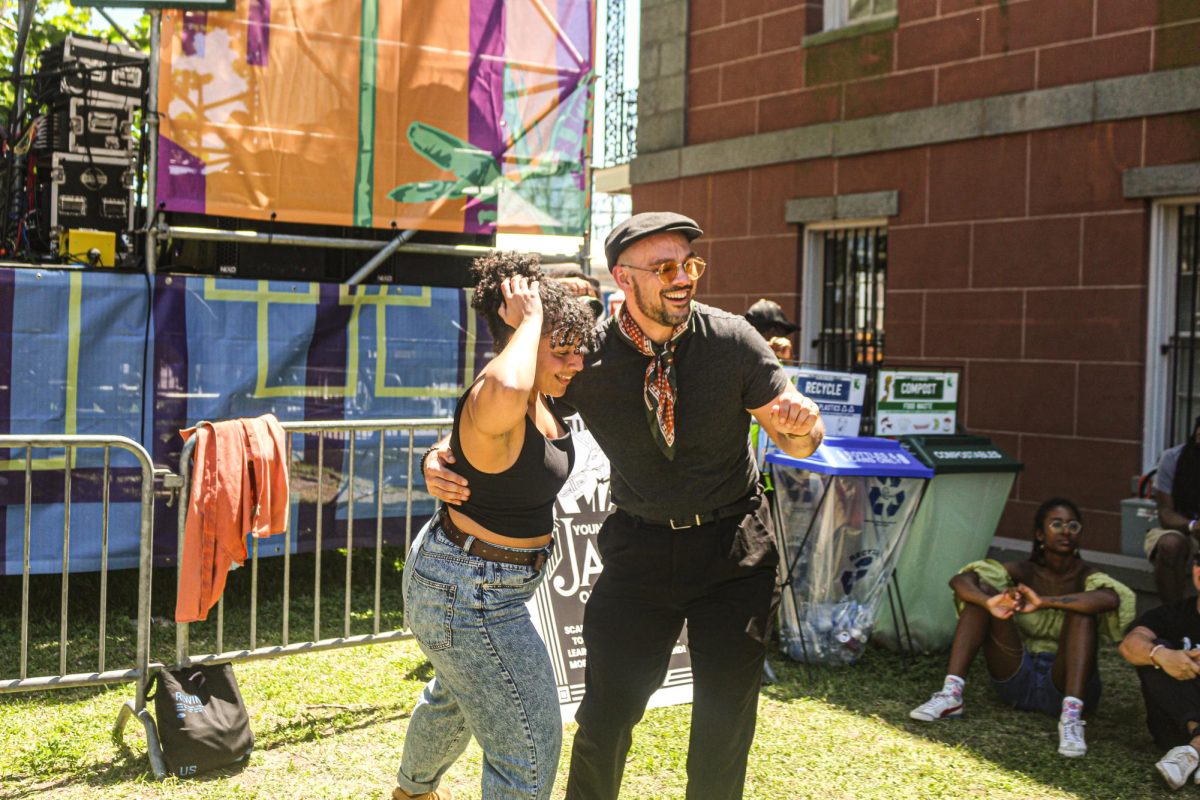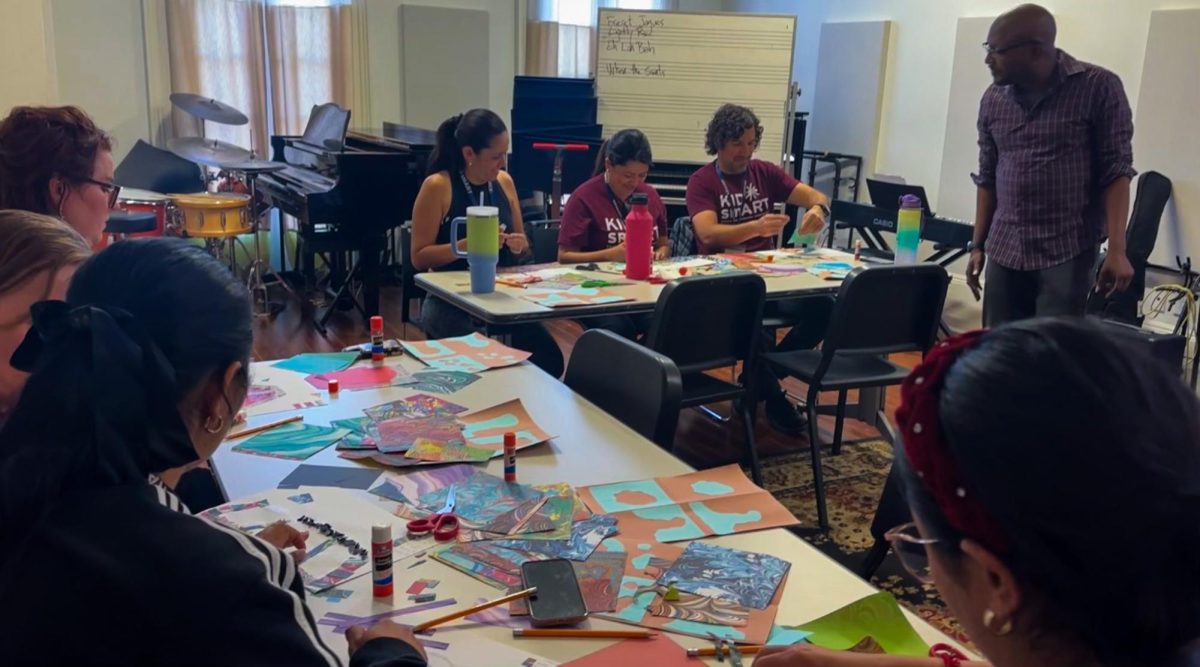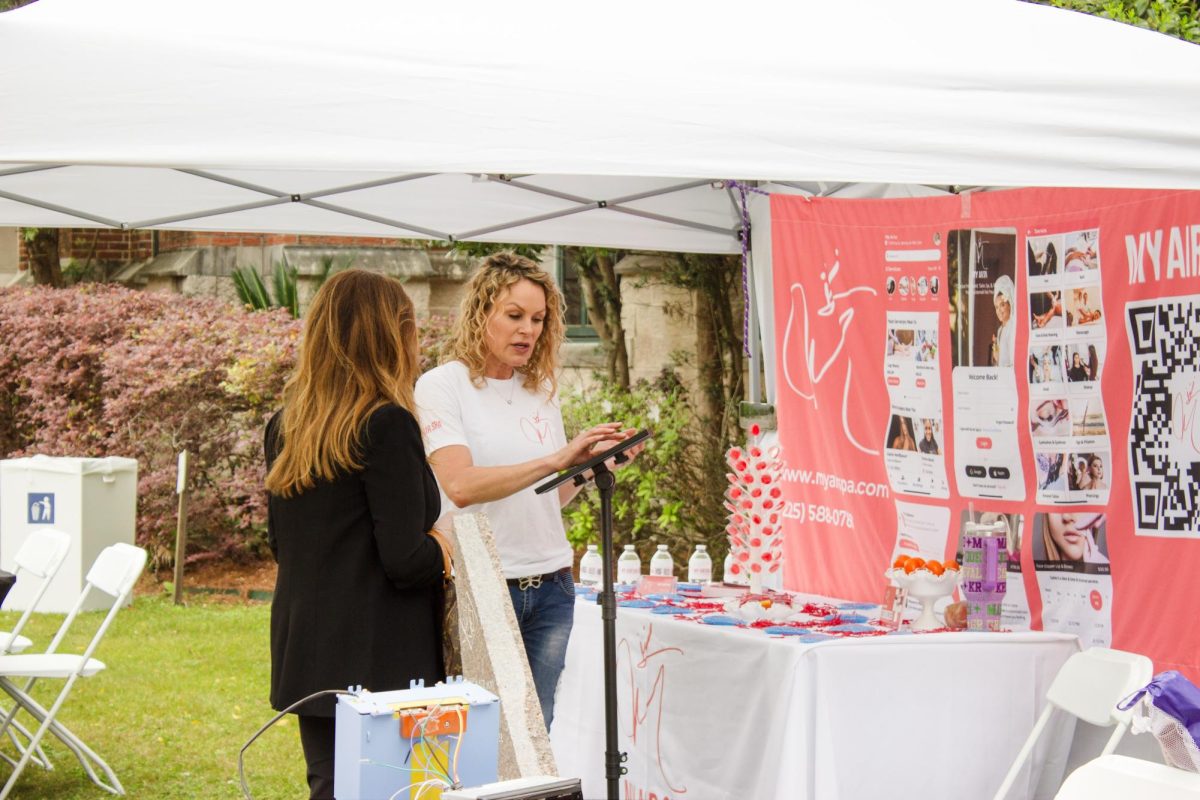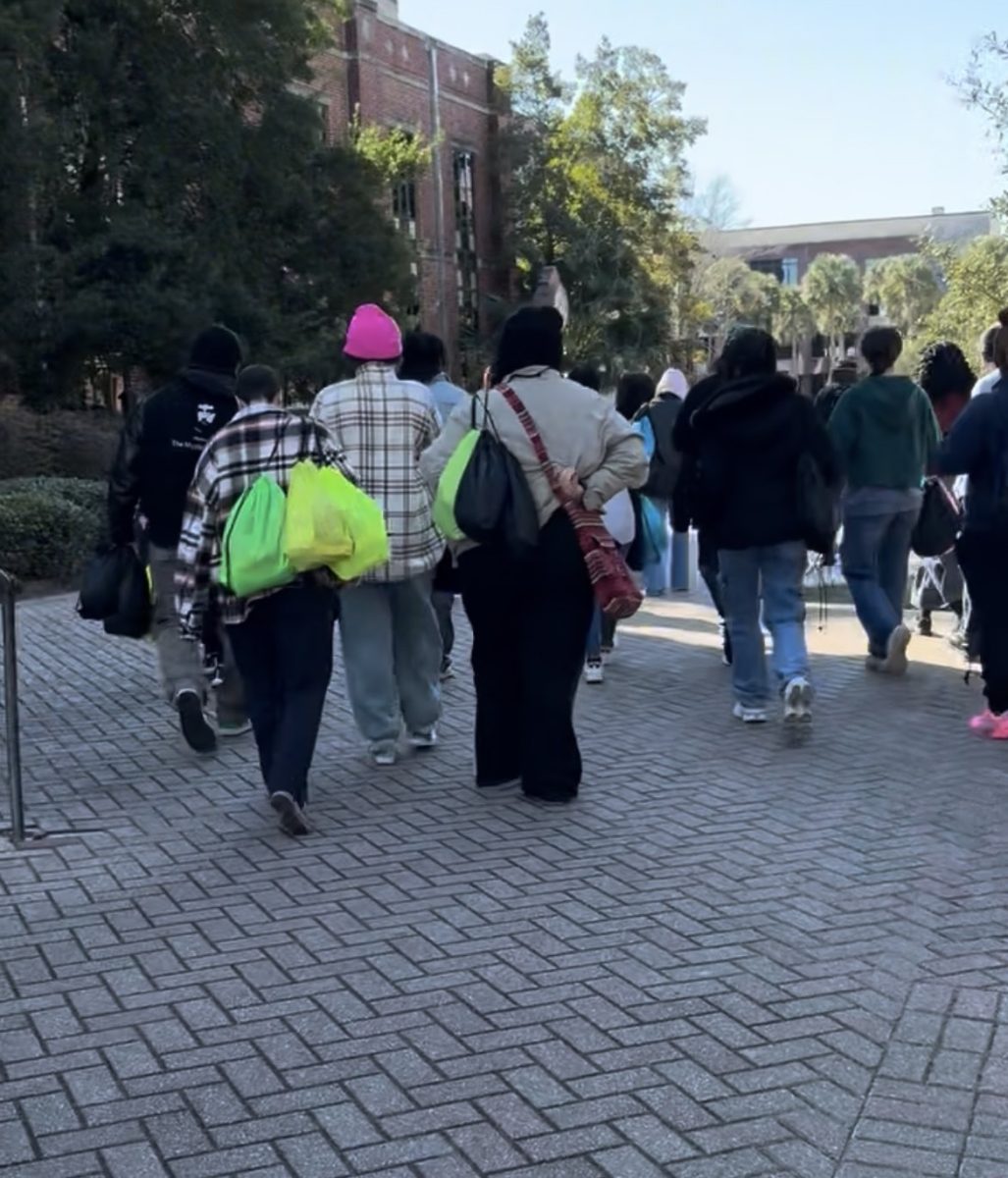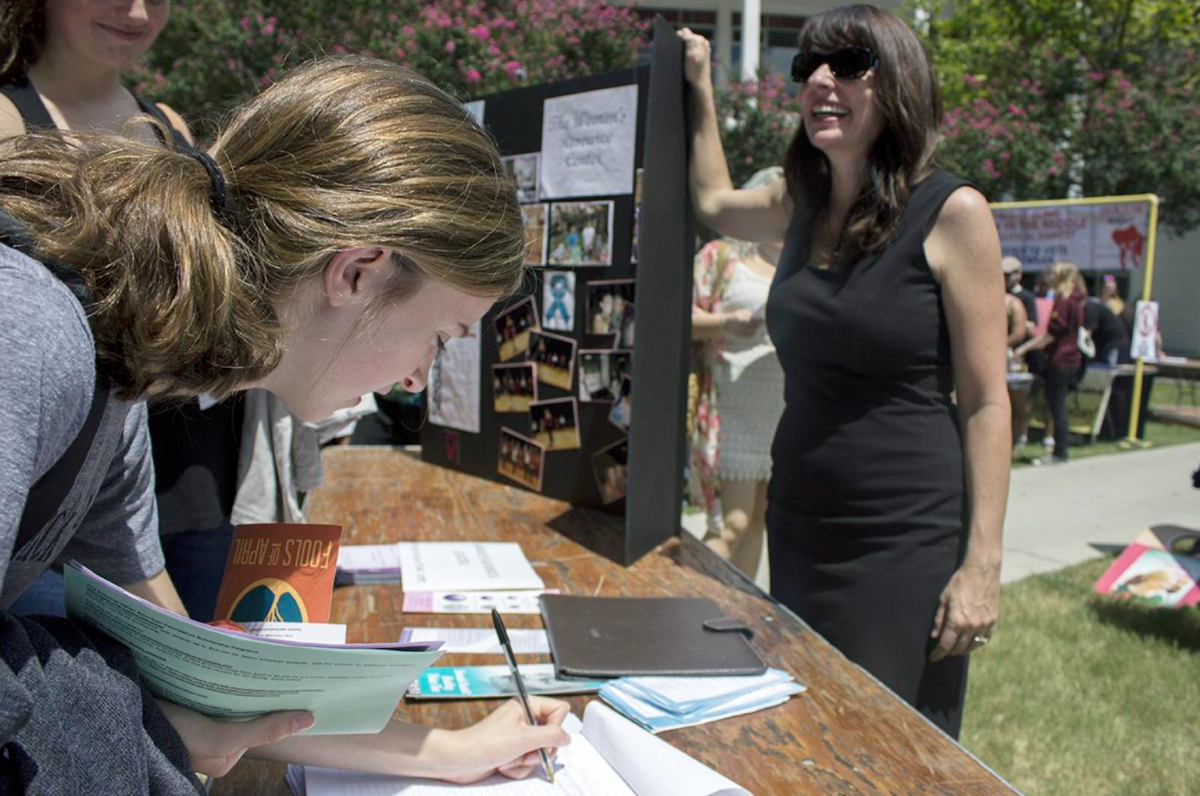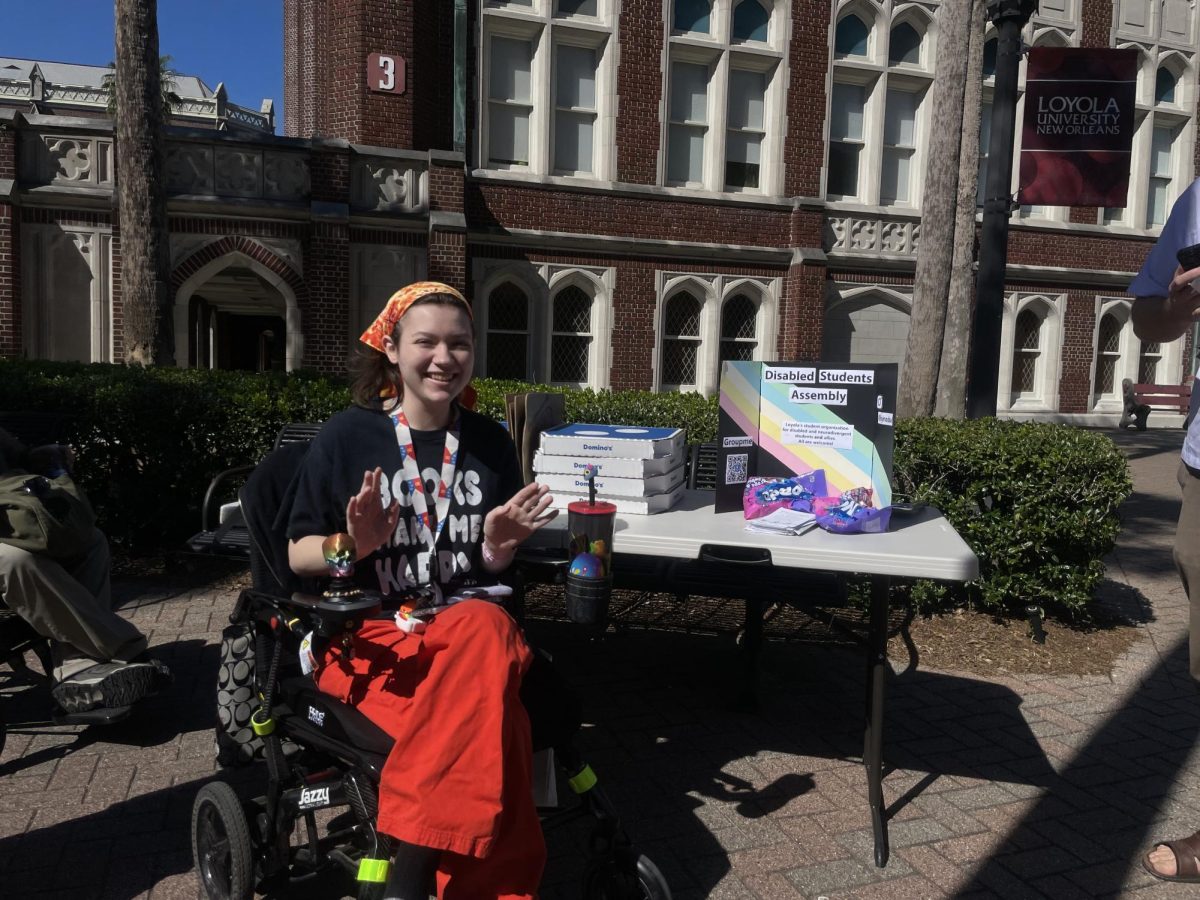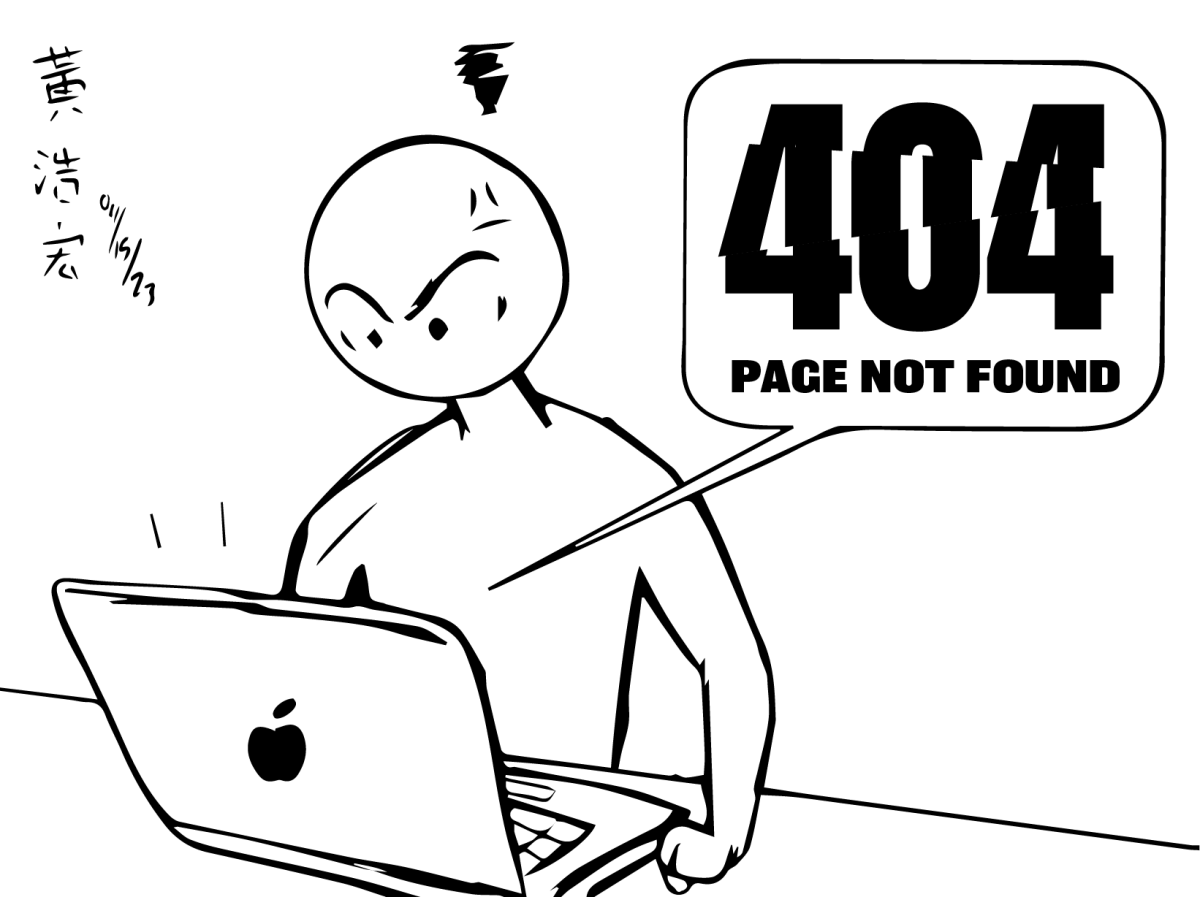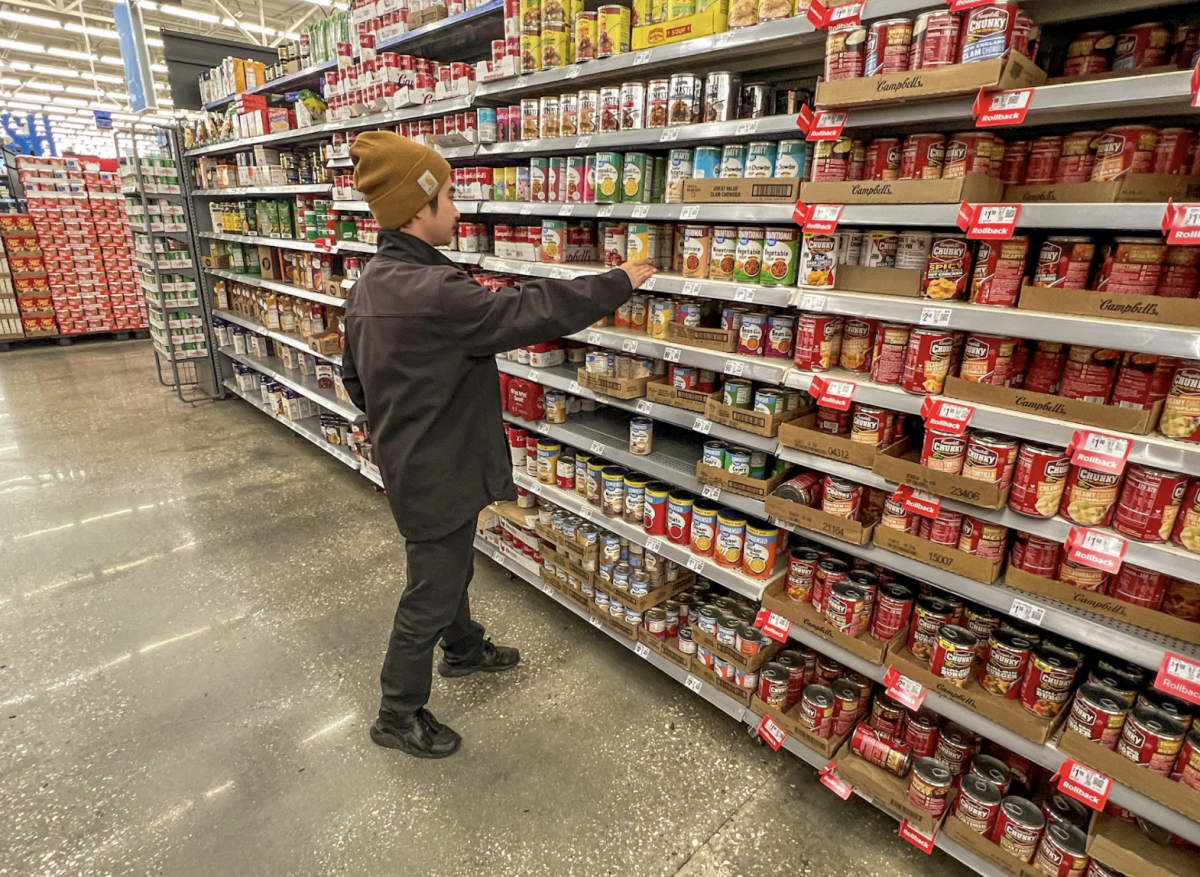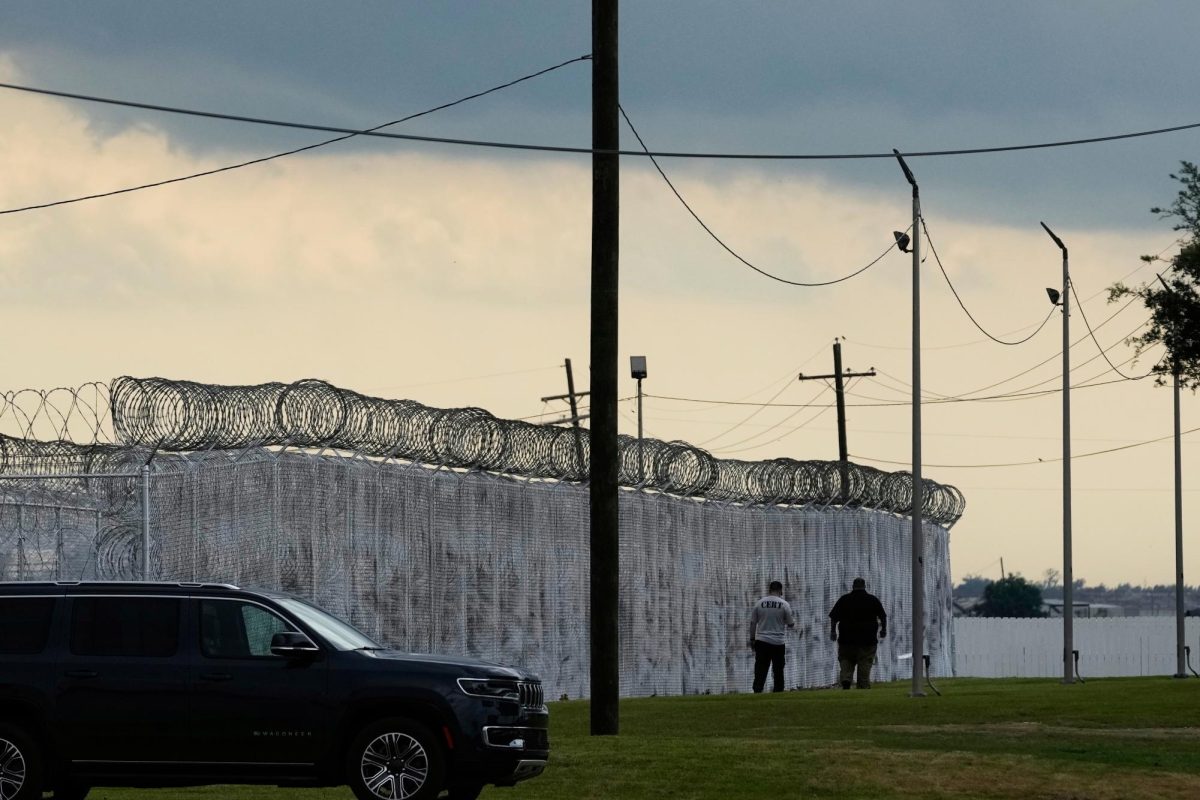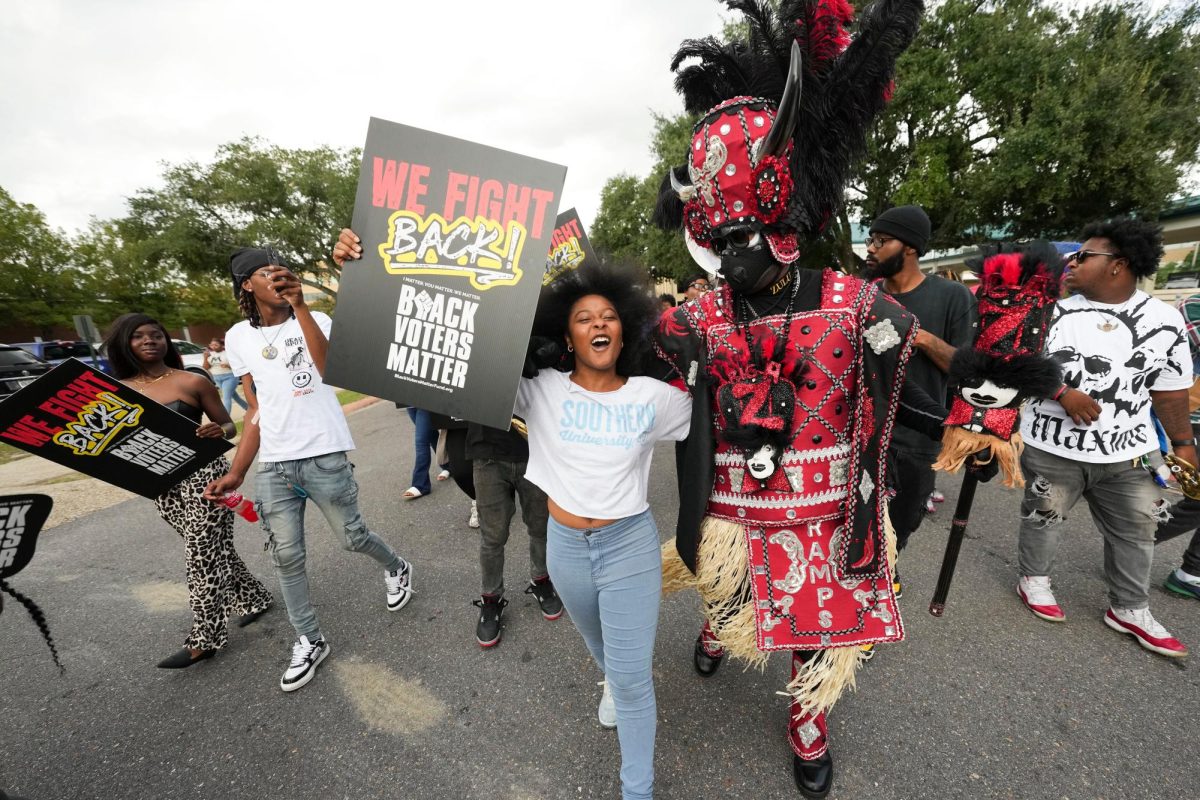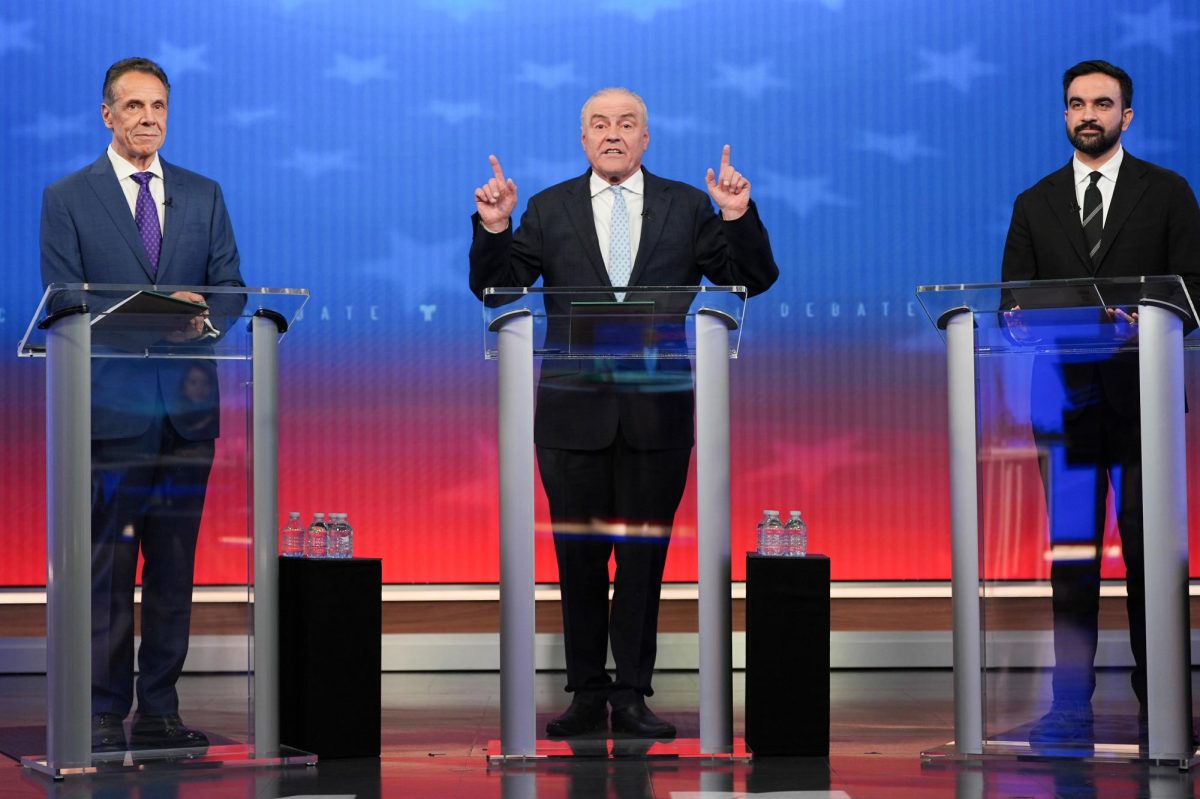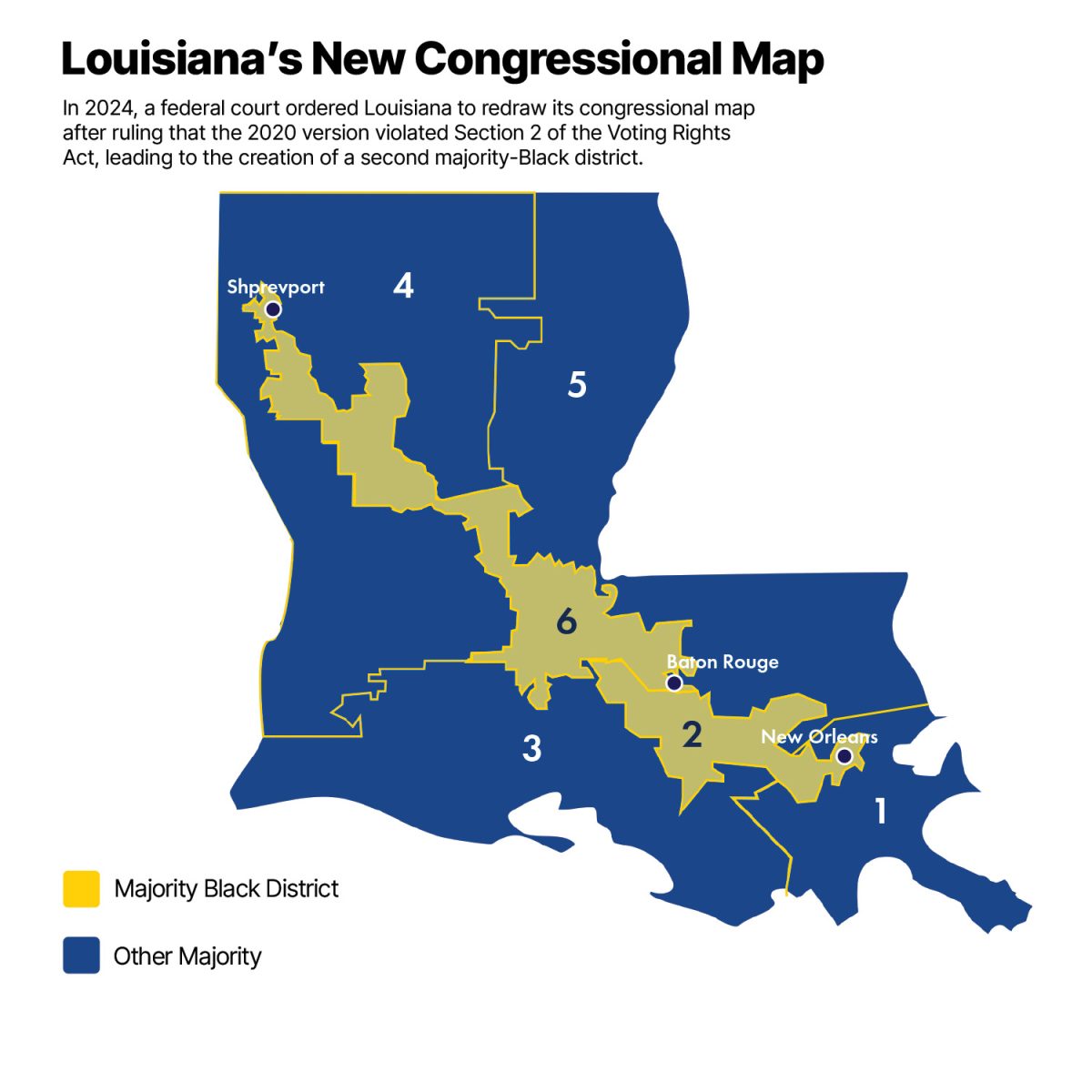Drivers and pedestrians will soon be able to access major streets uptown as the drainage projects are nearing completion.
The federal government has contributed $1.5 billion to the Southeast Louisiana Drainage program. In addition, the New Orleans Sewage and Water Board has paid $306 million for the project, which is meant to protect New Orleans and the surrounding parishes from flood damage. In order to achieve this goal, the Southeastern Louisiana Drainage program has constructed new pumping stations and improved drainage canals.
Altogether, Southeastern Louisiana Drainage program has seven projects. The first was the Algiers Area Drainage Improvements, where restrictive canals were replaced along General DeGaulle Blvd. It began in Feb. 2010 and ended in June 2012.
The Jefferson Avenue canal project began its first phase in July 2013 and will end in Nov. 2017. The second phase began in Jan. 2013 and will end Nov. 2016. The plan for this project is to add two new canals; one from Constance Street to S. Liberty Street and the other from S. Liberty Street to S. Claiborne Avenue. The project also plans to construct another canal from Nashville Avenue to Jefferson Avenue along Prytania Street.
The Louisiana Avenue canal project began in July 2014 and will end Nov. 2018. The project will construct a concrete box canal along Constance Street to Claiborne Avenue. It will also connect to the S. Claiborne Avenue Manifold canal. Modifications to existing drainage will also be made.
The Napoleon Avenue canal project consists of three phases. The first began in Sept. 1999 and ended in Mar. 2003. The second phase began in Sept. 2011 and will end this month. The final phase began in Oct. 2013 and will end July 2017. This project aims to build a larger concrete box canal next to the one that is already there.
The final project on the agenda so far is the S. Claiborne Avenue canal, which consists of two phases. The first phase began Oct. 2011 and will end this December. The second phase began June 2012 and will end this November. The project will add a canal from Lowerline Street to Leonidas Street and an additional canal from Leonidas Street to Monticello Avenue. It will provide additional passage for storm water flow.
Though Southeastern Louisiana Drainage program attests the project is well-intentioned and much needed in order to ensure citizen’s safety, many have found the construction inconvenient.
“At a time like now where time management and punctuality is not only crucial, but imperative, it’s minor discrepancies in the daily grind that really take a toll on people like myself,” said Ayotemi Adediwura, music industry sophomore. “On numerous occasions, the detours necessary to bypass the construction have caused either delays in my schedule or adjustments to it … I’m glad it happened, but I’m glad its over.”
McKenna Lindell-Wright, Loyola jazz studies sophomore, felt very positive about the construction. “I think the roadwork going on in New Orleans is good because the city has had a lot of renovations that have needed to be done for a long time. It’ll be good for the city and the people. Now that it’s ending, there will be less traffic.”
Even with its goal to ultimately improve drainage in New Orleans, the Southeastern Louisiana Drainage program acknowledges the inconveniences caused by the work. They address it on their website, swbnosela.com, where they recognize that noise, traffic and parking limitations caused by their work may cause issues for commuters and those living in the area.
For more information about the Southeastern Louisiana Drainage program and their projects, call 504-585-2450.


